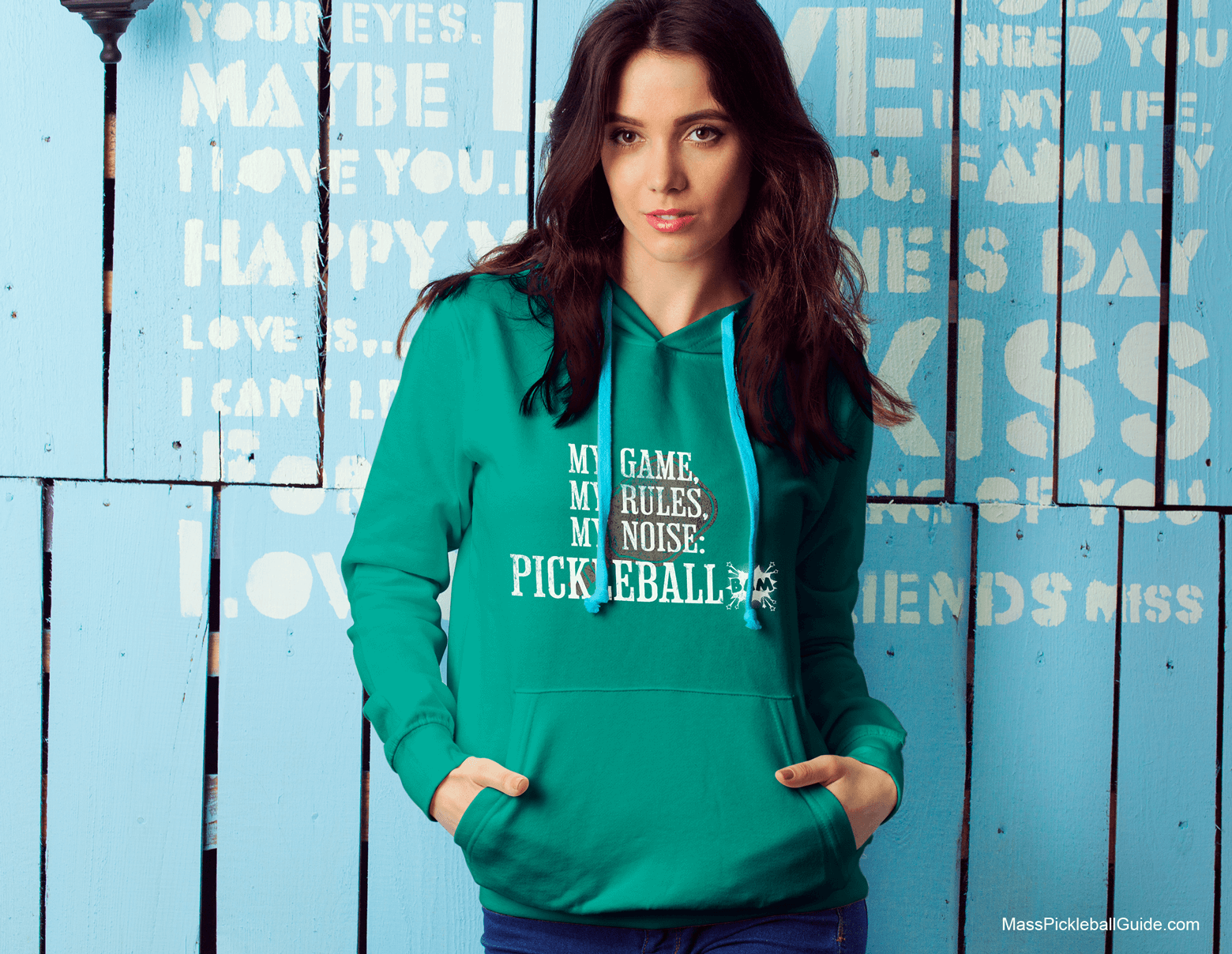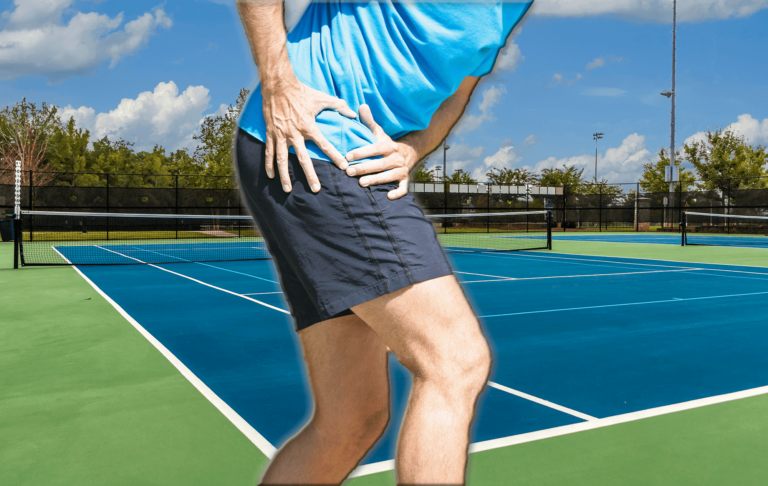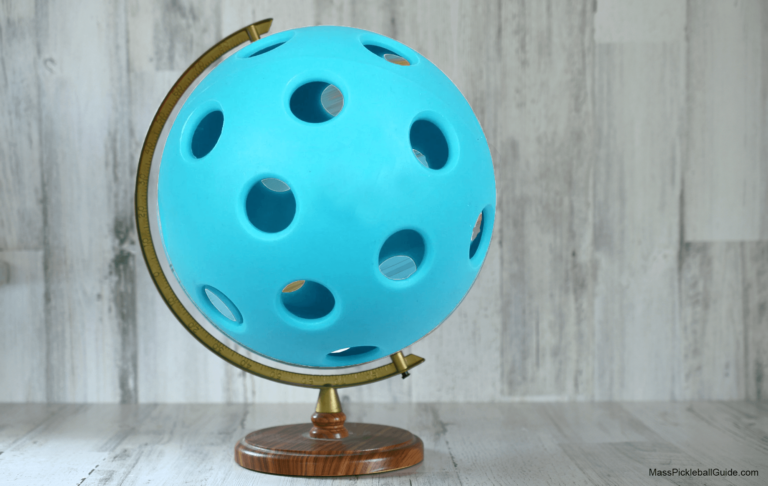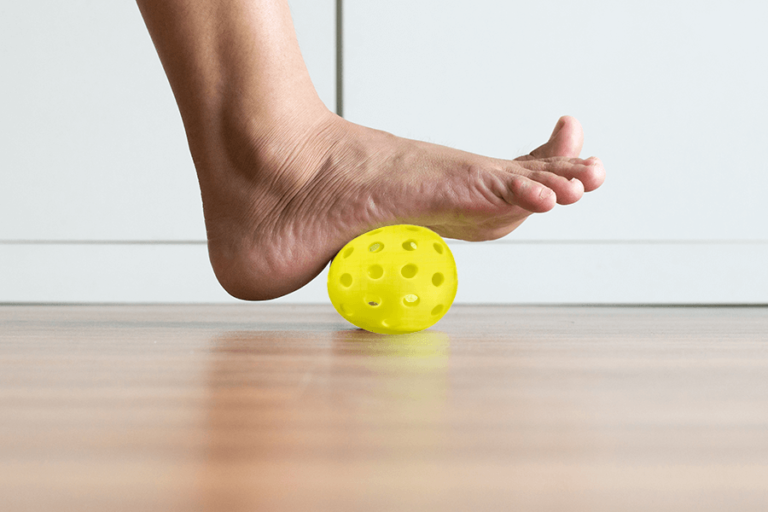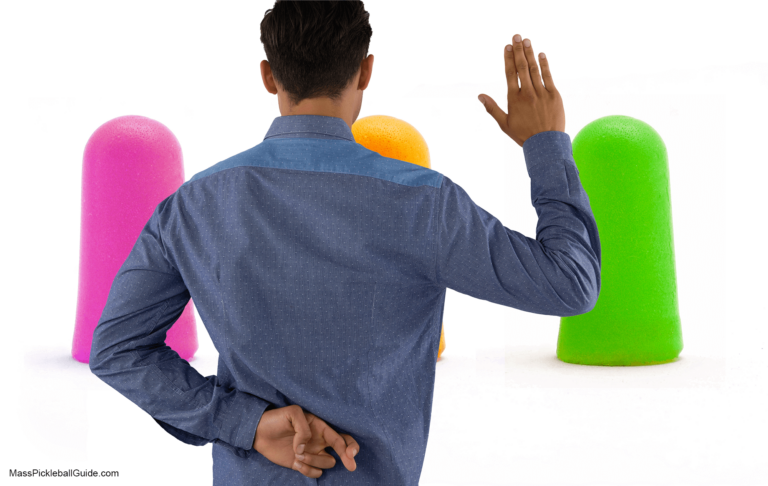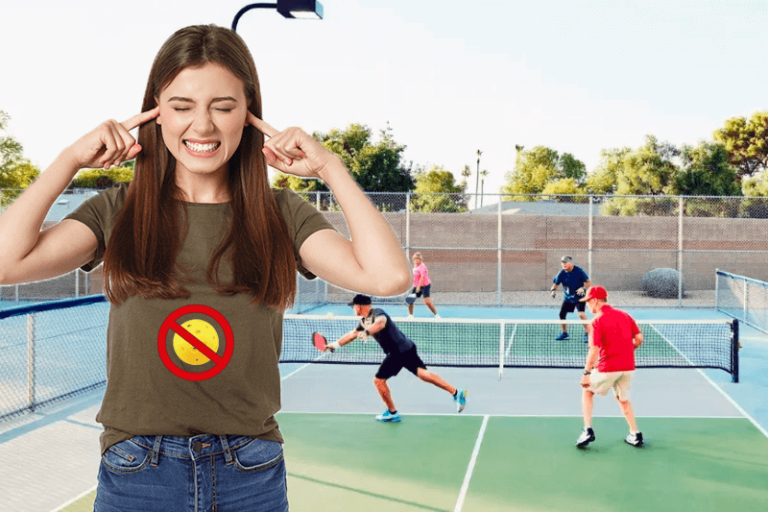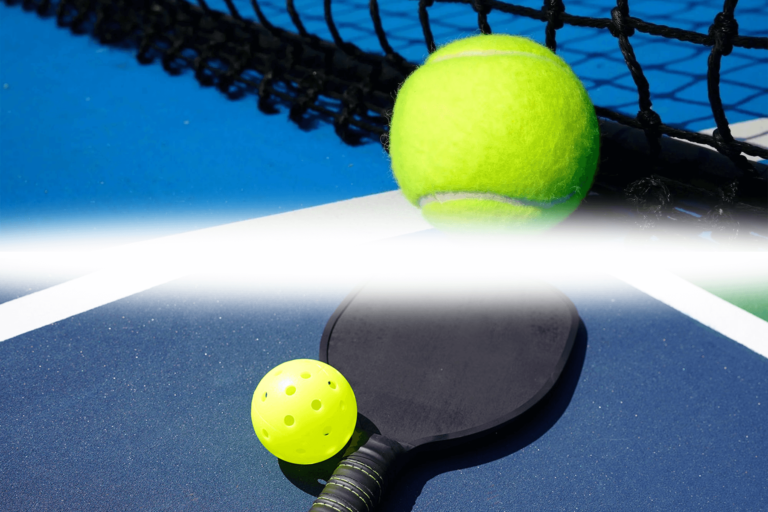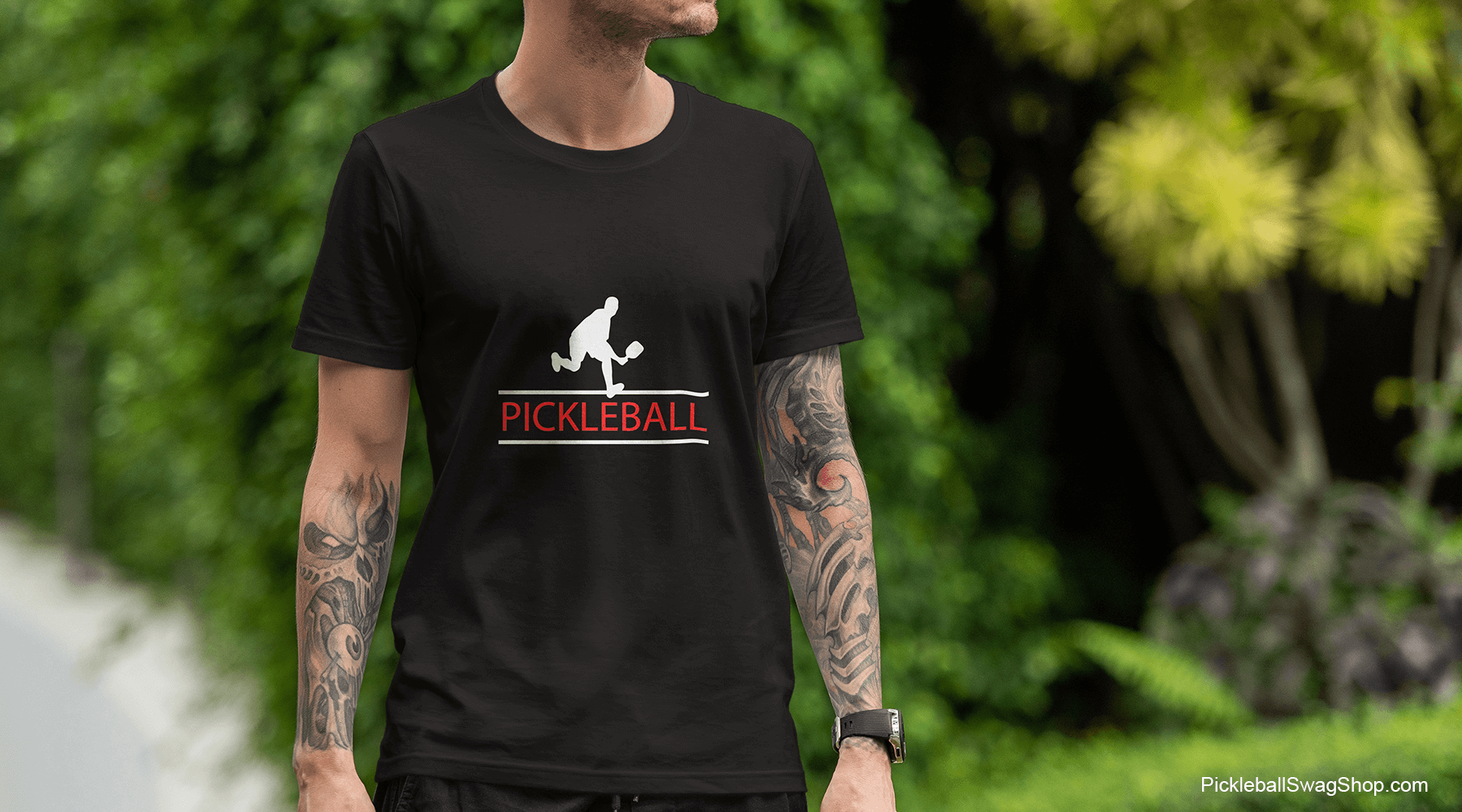Silence the court: unraveling and mitigating pickleball’s noise mystery
all the buzz
To many, the unique “pop” sound that rings out during a pickleball game is a soundtrack of joy and competition. For others living near pickleball courts, the “volume issue” can be a significant concern and it can turn ugly really quick.
This article delves deep into understanding why pickleball is so loud and outlines the science behind this noisy sport. Furthermore, it explores the range of noise reduction techniques available to mitigate the sound problem, soundproofing options for outdoor pickleball courts, and the potential for sound barriers to maintain harmony on and off the court.
- Comprehending the nature and source of pickleball noise
- Detailed exploration of noise reduction techniques in pickleball
- Soundproofing outdoor pickleball courts: A practical solution
- Sound barriers for pickleball: An effective silencer?
Decoding the Pop: The Science Behind Pickleball Noise
The distinctive “crack noise” in pickleball stems from the “paddle and ball interaction.” Factors such as “ball speed,” “paddle sweet spot,” and “player technique” all contribute to this unique sound.
And it’s real. Pickleball does have a distinctive sound.
A substantial portion of the noise comes from the “pop sound” created when the ball hits the “paddle sweet spot.” The force and velocity of the ball striking this optimal hitting zone directly impact the sound volume. Further contributing to this is the “material impact” – the specific interaction between the solid, rigid pickleball paddles and the hard pickleball plastic ball. These elements together create the signature sound frequency, resulting in the unmistakable “snap sound” of a pickleball game.
Unraveling the Symphony of Sound: What Makes Pickleball a Loud Game?
Pickleball’s distinctive auditory profile doesn’t solely arise from the paddle’s sweet spot, as is often oversimplified. It is, in fact, a symphony of numerous variables playing in harmony to create the crescendo of sound we associate with the game:
- Surface of the Court: The materials used for pickleball courts – commonly concrete or asphalt, akin to tennis courts – significantly influence the game’s noise levels. Harder surfaces (e.g., concrete) tend to amplify the echo of the ball bouncing, contributing to overall noise levels.
- Player’s Force and Technique: The intensity of the sound also depends on the players’ force and technique. The harder the hit or the stronger the swing, the louder the sound on paddle-ball contact.
- Skill and Playing Style: The playing style and skill level of the picklers further impact the noise produced. Seasoned players often play fast, high-speed games, resulting in more noise compared to slower games with softer shots. Similarly, players favoring an aggressive playing style prefer powerful shots, inevitably creating louder sounds.
- Speed of the Ball: The velocity at which the ball is hit plays a crucial role in the sound generated. Faster ball speeds result in louder impacts and bounces, contributing to the overall noise levels.
- Number of Players: With more players on the court, the frequency of paddle hits and ball bounces naturally increases. Crowded courts or simultaneous games can heighten the overall noise intensity. Naturally, a game of doubles will be louder than a singles pickleball match.
- Proximity to Residential Areas: The noise generated is also affected by the pickleball courts’ location, particularly their proximity to residential areas or other structures. Sounds from the game can bounce off adjacent buildings, creating echoes that amplify the noise and carry it further.
- Paddle-Ball Dynamics: The interaction between the pickleball paddles, distinguished by their unique materials and design, and the standard plastic ball used in the sport significantly influences the noise output. Harder paddles tend to generate louder sounds upon contact with the ball.
Outdoor balls, usually harder with smaller holes, create more noise upon impact compared to their softer, indoor counterparts. Because most pickleball games are played outdoors, this aspect of the ball’s design doesn’t help with noise reduction in the community. While the ball design is fairly standardized, the pickleball paddle is distinctive and complex. Each material and construction process involved in paddle manufacturing adds a unique dimension to the overall sound impact, making noise control from a paddle perspective a challenging endeavor.
Reducing Pickleball Noise: Techniques and Strategies
Addressing the pickleball noise issue involves a blend of equipment modifications, player technique improvements, and alterations to the playing areas.
Sport Your Spirit: Pickleball Noise Apparel
Embrace the lighter side of pickleball with our whimsical t-shirt collection, specifically designed to humorously target the noise detractors of our beloved sport! Each shirt expresses the collective joy of the pickleball community, gently poking fun at those who find its characteristic sound bothersome.
Quietest Pickleball Paddles: Equipment Modifications
Quieter pickleball paddles can make a significant difference in pickleball noise reduction. Paddletek is one such brand developing paddles that strike a balance between superior performance and lower noise output. The Paddletek TS-5 Pro Composite is a prime example of this marriage between efficiency and quiet.
See: Quiet pickleball paddles: the solution to noise problems?
Player Technique and Noise Output
An individual player’s skill level and style can also affect the loudness of the game. For instance, players with more advanced skills can regulate their strike’s pace, reducing the velocity of the ball and, consequently, the noise produced.
Court Modifications for Reducing Noise Pollution
Modifying the pickleball court is another effective approach to reducing pickleball noise pollution. This could involve installing sound-absorbing materials around the court or utilizing portable sound barriers to limit noise dissemination.
Soundproofing Outdoor Pickleball Courts: A Practical Approach
Soundproofing an outdoor pickleball court involves implementing various noise reduction techniques. Installing sound-absorbing panels around the court can help contain the noise within the playing area. Additionally, “quiet fences,” which are specially designed noise-reducing fences, can contribute significantly to reducing noise. Strategic placement of natural elements (e.g., trees, bushes, etc.) around the court can also serve as a sound barrier.
Sound Barriers for Pickleball: A Silent Solution
A sound barrier for pickleball can be a physical structure or natural element that efficiently reduces or blocks the noise produced during the game. These barriers range from sound-absorbing panels and fences to trees and shrubs, and even specialized acoustic curtains made from sound-absorbing materials.
See more at Do Pickleball Sound Barriers Work?
Despite being a raucous activity, the pickleball noise issue can be effectively managed – but not by a whole lot. With an array of noise reduction techniques and equipment choices, players can continue enjoying their beloved sport without the associated volume challenge, maintaining harmony with those nearby.
Helpful Resources:
- Pickleball Noise: A Problem or Perception? – Tennis Industry Magazine
- A Comparative Study on Pickleball Paddle Impact Characteristics – ResearchGate

